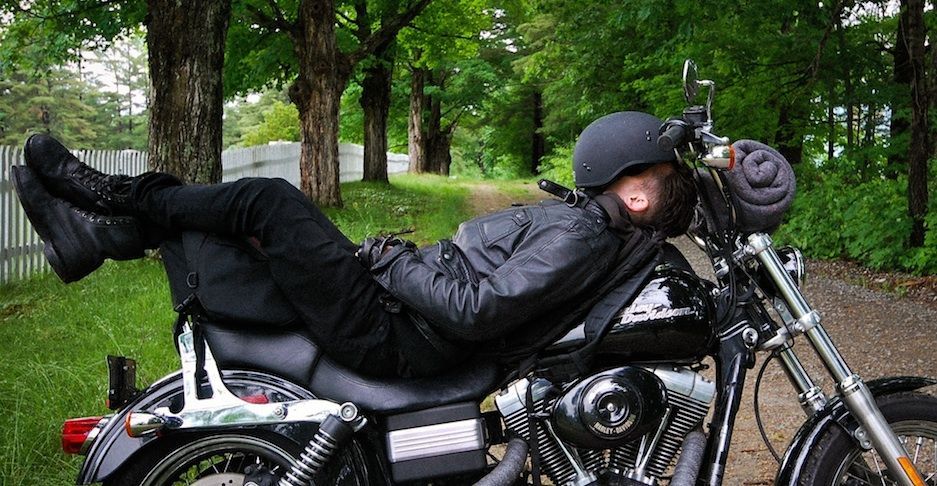
Do you know what's inside your Helmet?
"The numerous pieces that comprise a helmet that act to protect riders are described below."
You are aware that it is really important to wear a helmet when riding a two-wheeler. But do you know why this aspect of the safety gear is so important? Helmets are meant to cover any vulnerable section of the head that if injured, may either lead to deaths or long-term medical problems. The numerous pieces that comprise a helmet that act to protect riders are described below.
The Shell

The outermost part of a helmet is the shell; the substance that takes all the energy on impact. It is a big factor in the weight, form, and price of your helmet. It is possible to produce it from different materials:
- Fiberglass or fiber composite
- Polycarbonate
- Fiber carbon or Kevlar
One of the most common materials used is fiberglass, as it is hard and long-lasting. A durable and lightweight composite is carbon fiber or Kevlar. The shell normally has a heat-reflecting paint layer to ensure that it is not only safe but also comfortable.
EPS Liner

A dense high-density foam that forms the second layer of the helmet is expanded polystyrene or EPS. The inside of the shell is equipped with this component. It is an equally necessary feature of the helmet and is designed to withstand shocks of all sorts, from mild to dangerous. This cushions your head and provides greater protection from impact.
Comfort Liner

Here's where you get fit. The key job of the comfort lining is to secure the helmet on your head in place and prevent it from spinning in a collision or sliding about. It also affects the noise level within the helmet and serves as a shield, absorbing the sweat and skin oils that strike and weaken the EPS between you and the liner. Nice helmets come with liners for comfort that are reusable and washable. A lot of riders judge helmets by how they fit around the forehead, but fitting snugly is also important for the rest of the head.
Pads Cheek

Usually, they are called a feature of the comfort liner, since they are made of the same substance as the liner. In the event of a front or side collision, they prevent the helmet from moving. They contribute to the comfort quotient of helmets as well.
The Vents

Vents in a helmet enable airflow as it is worn by the rider. Usually, they are positioned on the chin strip, above the brow, and at the back of the helmet. Two types of vents are typically used in most helmets:
- Forward-facing vents- Aid to pull in the breeze
- Rear-facing or exhaust vents- Force out hot air
- In cold weather, certain helmets have flexible vents or those that you cover in order to control the airflow.
Visor

The visor is a movable mask (slides up and down) that shields the front of your face from dust and direct sunshine, including the eyes. Some helmets often have tinted visors to shield the eyes of the rider from ultraviolet radiation, whereas some of the newer versions incorporate anti-fogging protection that allows riders to travel without compromising their vision in rain or fog. Any of the highest performing visors are made of material made of polycarbonate, which does not crack or crumble on contact.
System for retention

Or a chinstrap, as non-engineers call it. It is riveted to the shell of the helmet and must withstand a series of checks testing how resistant it is to being taken out. There's no safety distinction between double D-ring and ratchets or buckles—both styles pass the retention checks or they don't get sold here—but there are no springs or hinges to crack in a D-ring, which is why many riders and almost all racers prefer them. The positioning of the rivets should be so that with the strap buckled, you do not tip the helmet forward off your back.
Also Read:
MOTORCYCLE ABS: HOW DOES IT WORK AND WHY YOU MUST HAVE IT?
WHAT IS HILL START ASSIST? HOW DOES IT WORK?
APRILIA STORM: THE RACING SCOOTER
THE NEW BS6 COMPLIANT HONDA CB SHINE SP 125 SPECIFICATION
WHAT ARE THE USES OF FOOD PROCESSOR?
TIPS FOR TAKING CARE OF YOUR MICROWAVE OVEN



















